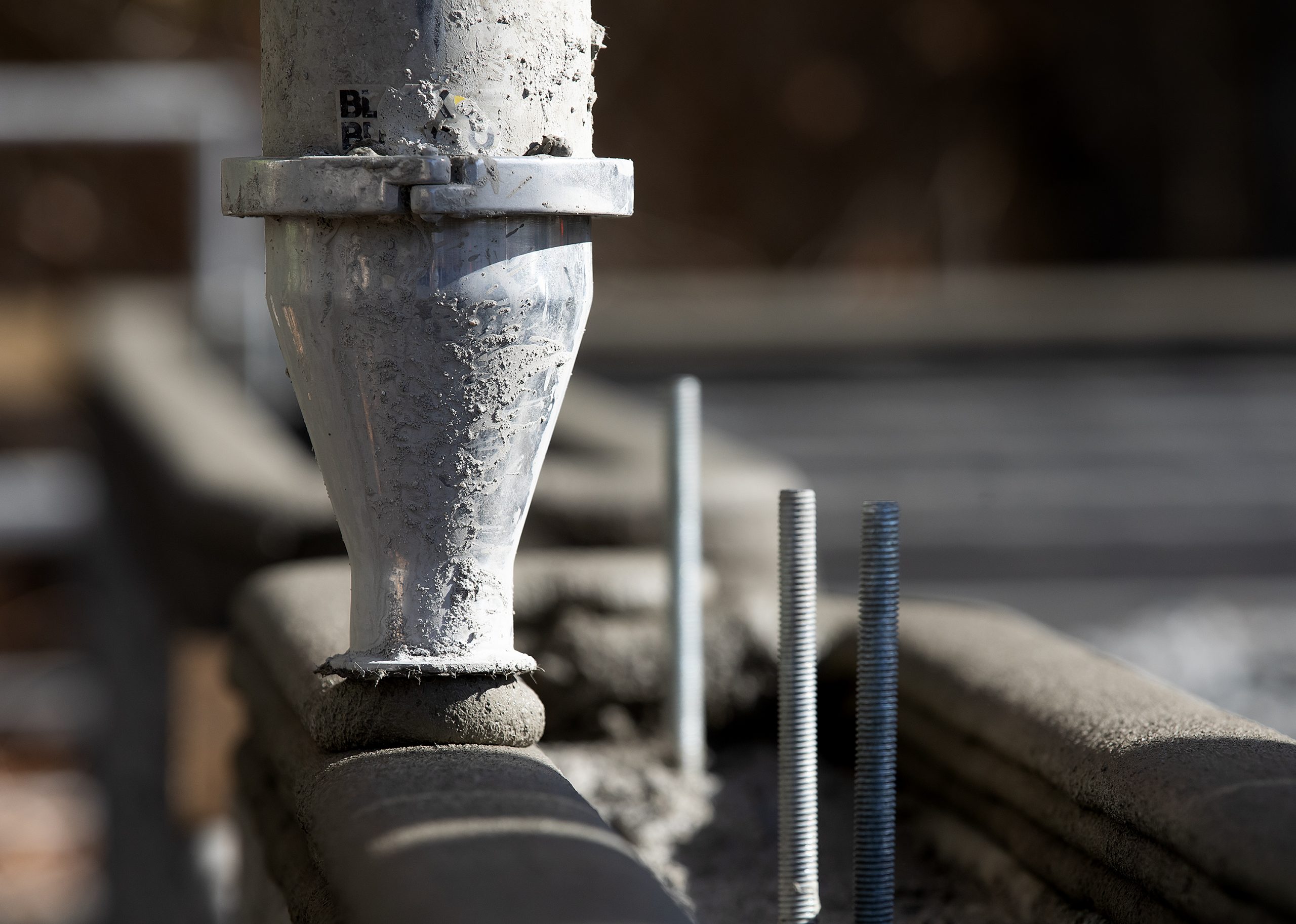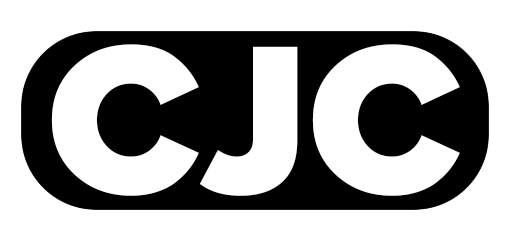by Lexi Wilson, WCNC Charlotte
This story was originally published by WCNC Charlotte on June 2, 2023.
During the 2023 Local News Impact Summit, presented by the Charlotte Journalism Collaborative, housing advocates, community leaders, nonprofit organizations and local journalists focused on current trends in affordable housing and the potential solutions that exist.
During the summit, Charlotte’s affordable housing leaders posed the question, can Charlotte use 3D printing?
These days, the technology behind 3D printing is being tapped to create more affordable housing.
In 2021, a Virginia family got the keys to Habitat for Humanity’s first 3D-printed home in the nation, and now they’re building two more.
Their goal is to use the technology to make building quicker and cheaper.
“If we can build faster, we can create more affordable housing for these families with low to moderate income,” Janet V. Green, CEO of Habitat for Humanity Peninsula and Greater Williamsburg in Virginia, said.
The 3D printer looks like a giant robot. It builds the wall system of a home with a concrete mixture. Traditional construction is used for other things like the roof, wiring, and plumbing.

A 3D printer lays down concrete for the walls of a new Habitat for Humanity home in Newport News Wednesday November 9, 2022. The homes are being built for Habitat by Alquist 3D. Photo: Consociate Media
Green said printing the walls is faster than wood framing.
“We think this reduced our standard construction schedule by at least four weeks using this innovative technology,” Green said.
WCNC Charlotte’s Lexi Wilson went to Bob Glusenkamp, senior VP of construction operations for Habitat for Humanity of the Charlotte Region, to see if this could be a solution to adding more affordable housing in Charlotte.
“One of the big challenges is that not all of the code officials have been exposed to it yet, so it’s not really in our North Carolina building code,” Glusenkamp said.
He said like any new building material or building technology, people in the industry have to get used to it and right now, it’s still new — and printers of this size are few and far between. But there’s hope one day, 3D printing will become mainstream in Charlotte.
“I think it will be part of the future of all Habitat affiliates in the U.S., it just needs to get more affordable and produce at a large enough scale that we can all use it,” Glusenkamp said.

Parts of a 3D house printer are delivered to the site of two new Habitat for Humanity homes in Newport News September 7, 2022. The printer will print two houses next door to each other. Photo: Consociate Media
Right now, there is also a labor shortage of construction workers. Green said adding 3D printing as another tool for creating housing opens the door for the next generation to get involved in construction.
“I like to say my grandson has no desire to work in the construction industry but he’s good with technology, so he was very interested in this,” Green said. “So we are hoping this gets people more involved in the labor force of how to build homes differently.”
See more of this story at https://bit.ly/Habitat3D.
This story is part of ‘I Can’t Afford to Live Here,’ a collaborative reporting project focused on solutions to the affordable housing crisis in Charlotte.
WCNC Charlotte is part of the Charlotte Journalism Collaborative (CJC), launched by the Solutions Journalism Network with funding from the Knight Foundation. The CJC strengthens the local news ecosystem and increases opportunities for engagement. It is supported by a combination of local and national grants and sponsorships. For more information, visit charlottejournalism.org.




